AARP Hearing Center

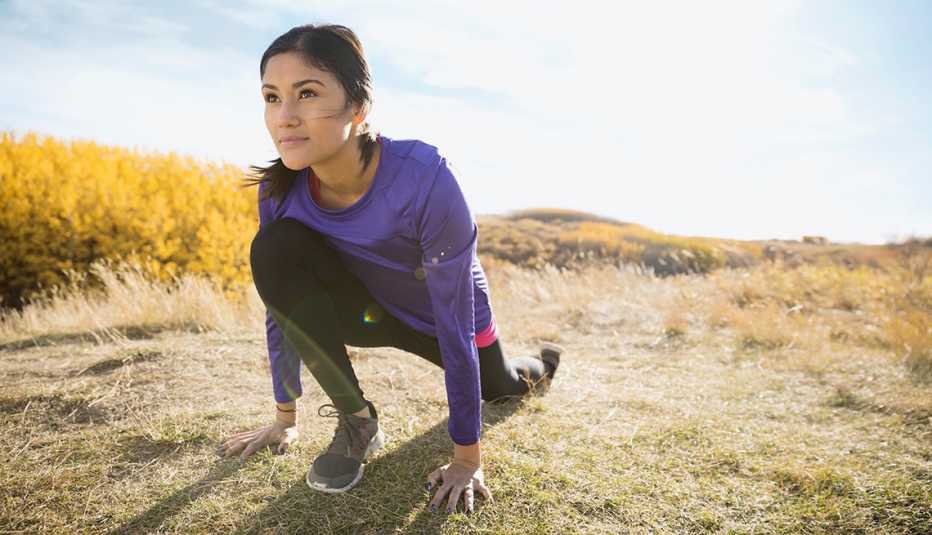
Get Stronger
Vitamin D is a critical bone-building nutrient. It improves absorption of calcium from the gut, helps increase bone density and enhances muscle function, reducing the risk of falls and fractures. Trouble is, it’s tough to get adequate D from food alone. A glass of milk supplies only about 100 international units (IUs), but the Institute of Medicine’s most recent recommendations call for 600 IUs daily. The solution: 15 minutes in the sun. That’s all you need to make enough vitamin D for your body, while avoiding the risk of skin cancer.
Soak up some sun
Your mother was right — you should eat your vegetables. Especially dark, leafy greens, such as collards, kale, spinach and bok choy, which are good sources of calcium, as well as bone-building nutrients such as potassium, magnesium and vitamin K. A 2015 study published in the Journal of Bone and Mineral Research found that people ages 45 to 83 who shunned plant foods had an 88 percent higher rate of hip fracture compared with those who ate the recommended five servings of fruits and vegetables daily.

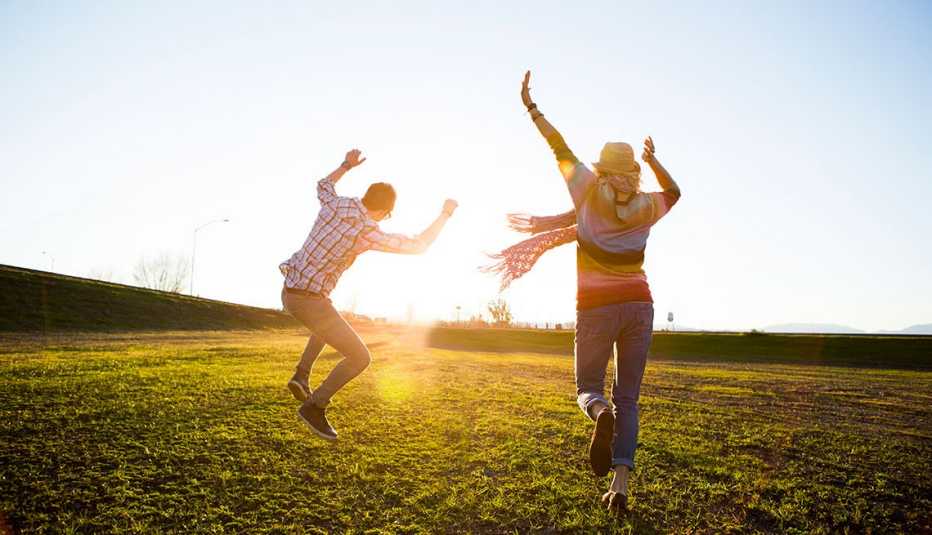
Jump for joy
People who drink moderately — no more than one drink a day for women, two for men — have higher bone density than nondrinkers or heavy drinkers, recent studies have found. Beer may be particularly helpful because it contains dietary silicon, a nutrient vital for bone strength — but stick to one or two drinks. More than that can weaken bone-building cells, Deal says.

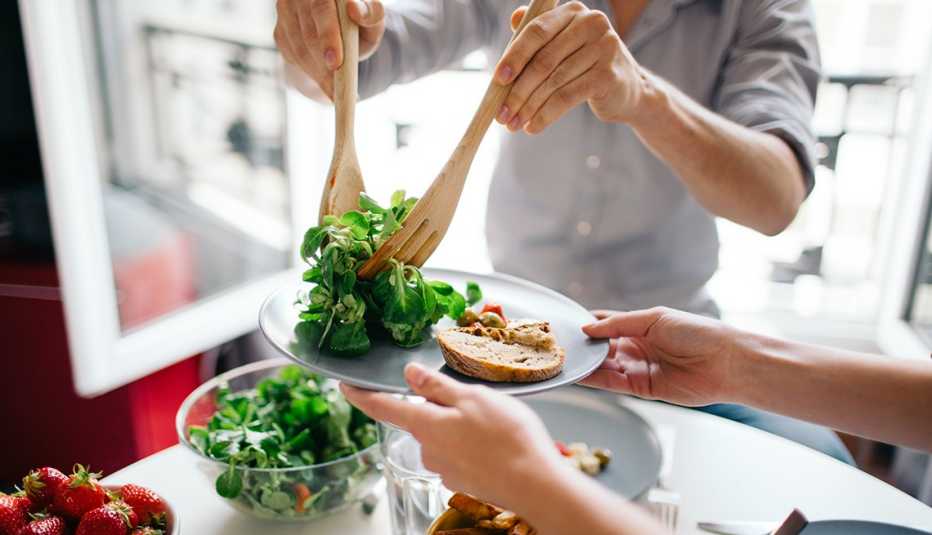
Eat your veggies
A diet high in grains and bread may be bad for your bones. Research from Tufts University suggests the sulfur compounds in grains can increase the body’s acidity and trigger bone loss. To get the most bang for your bone-building buck, don’t go overboard on grains; focus instead on adding more fruits and vegetables to your diet, which can counteract acidity.































































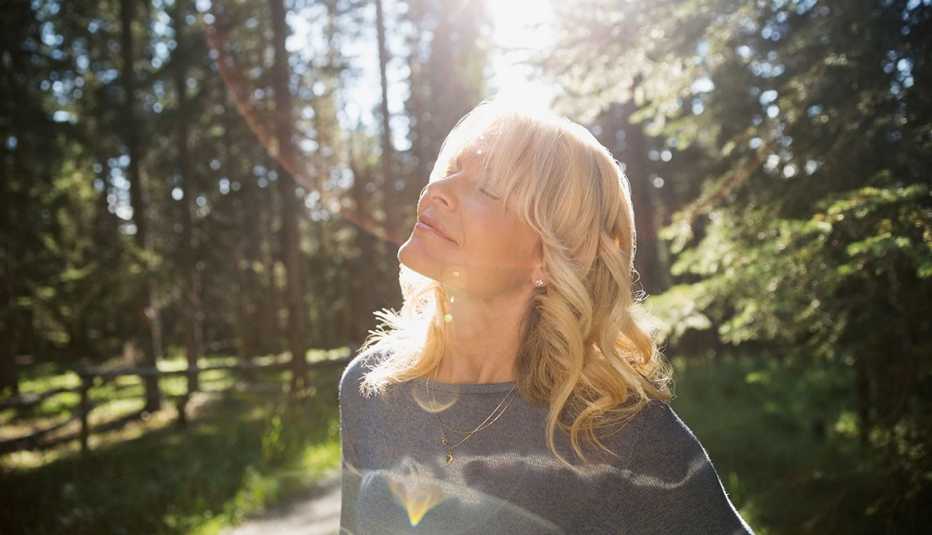


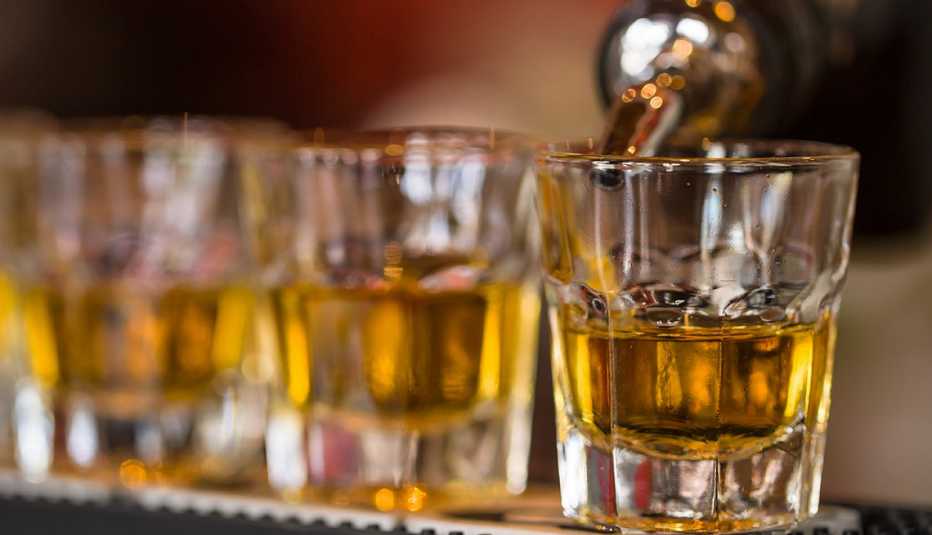
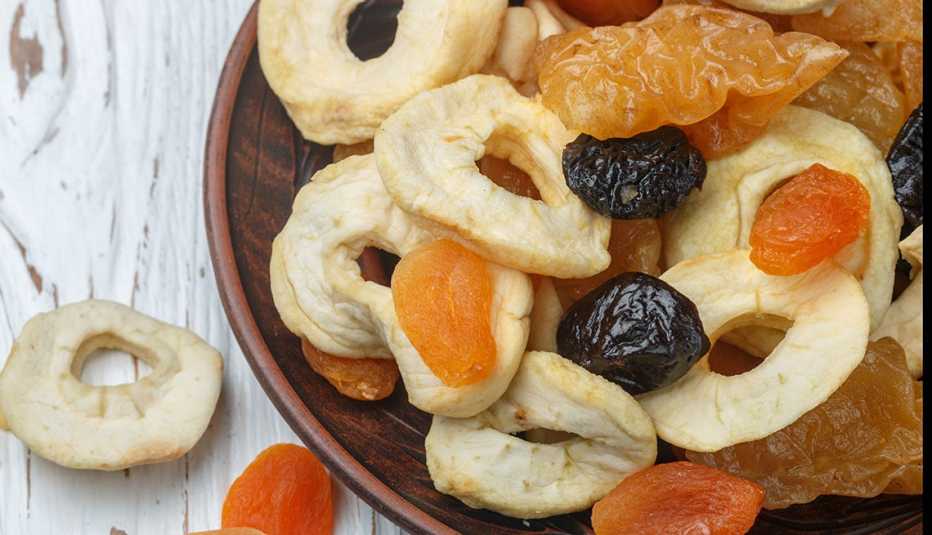
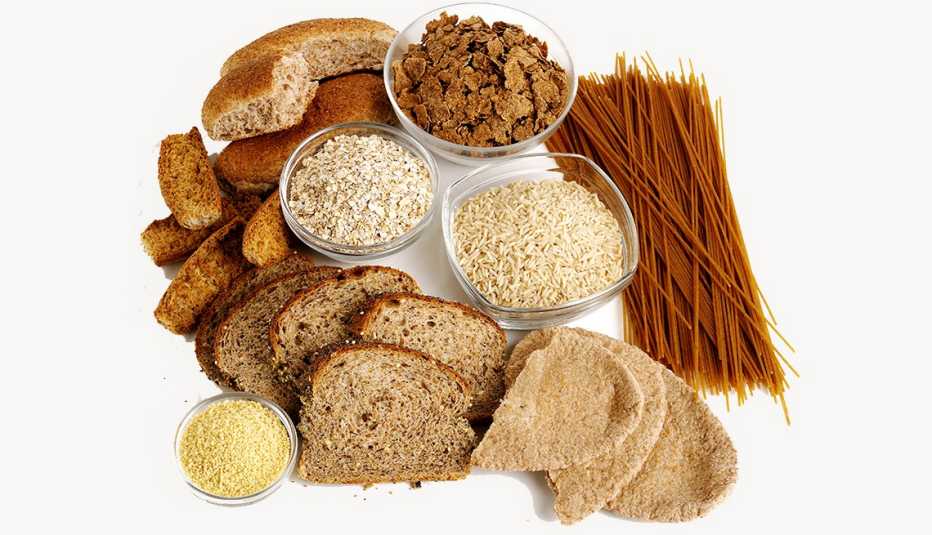
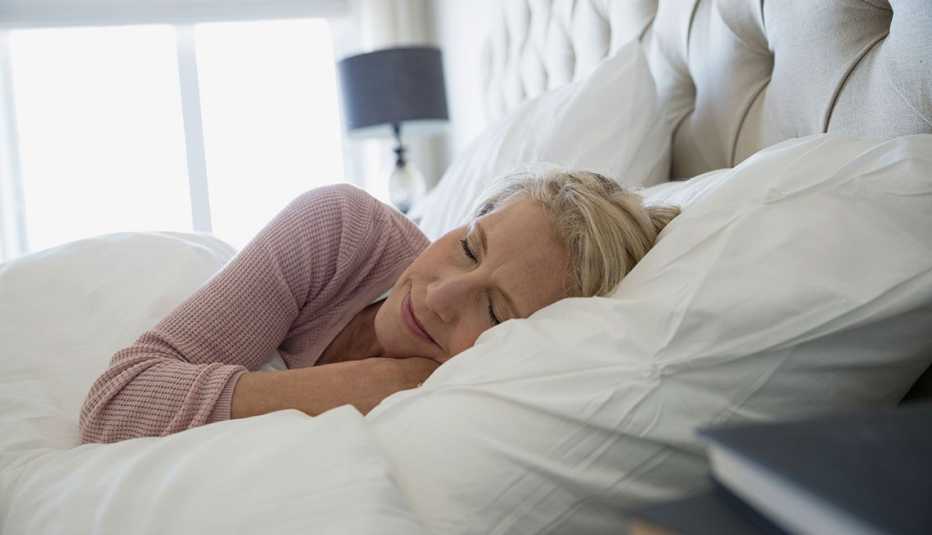

More From AARP
The New Dress Code for Women at Work
9 wardrobe tips that get the job done
Recommended for You